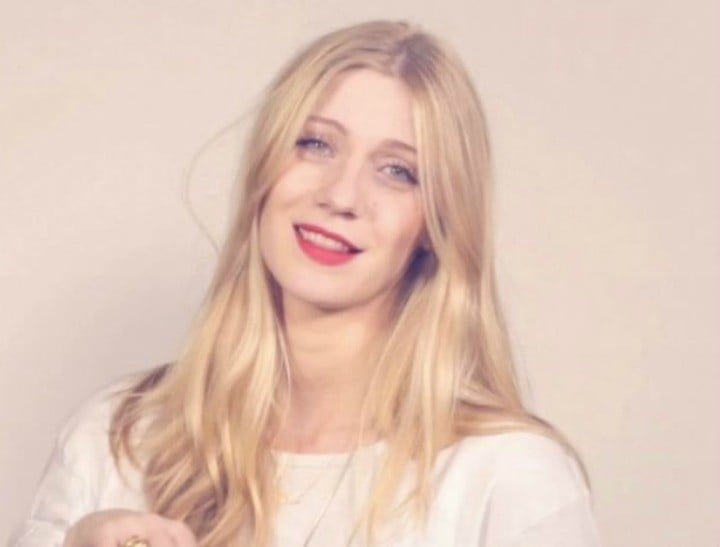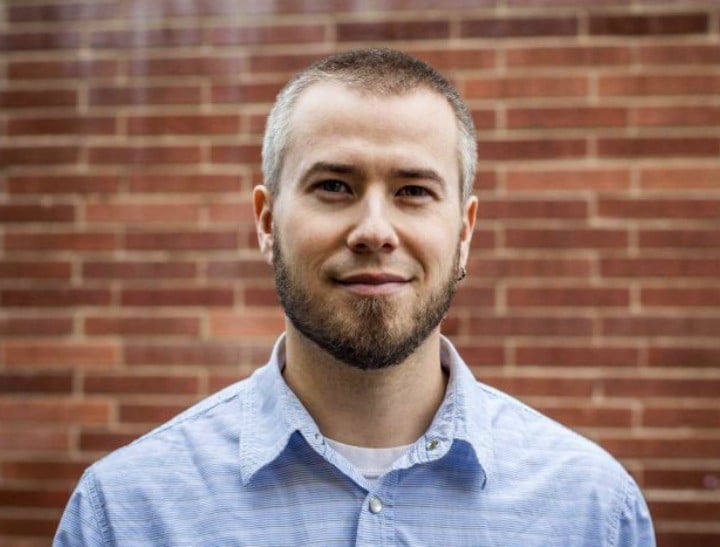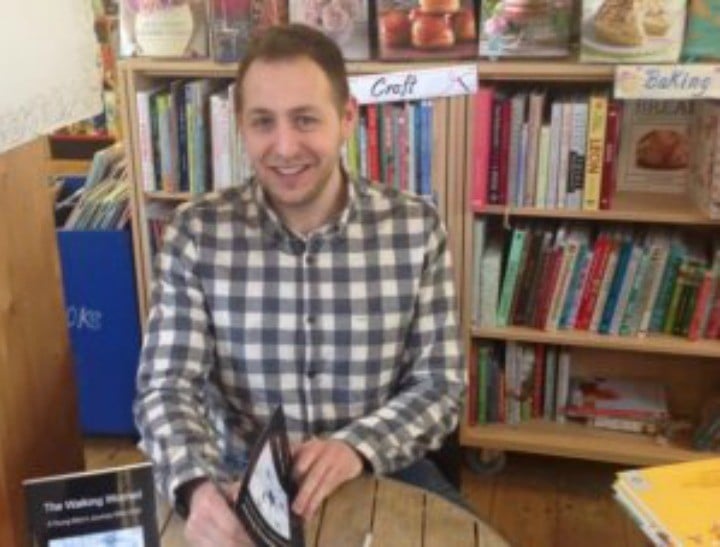
By Eliza Buzacott-Speer
Rose Bretécher was 15 when she first started experiencing intrusive, repetitive thoughts that she might be a paedophile.
“I tried to rid the thoughts from my mind by rationalising them or ruminating about them or repeating mantras to try to drown them out,” she says.
But the more Ms Bretécher tried to rationalise, analyse and defy the thoughts, the worse they became.
The cycle continued for several years, and by her late teens Ms Bretécher was experiencing “incredibly graphic” intrusive thoughts surrounding sex, and compulsively questioning her sexuality.
It was not until she was 26 and started therapy that she was freed from the cycle.




Top Comments
When I first started having vivid thoughts showing me harming my four year old, I was petrified. It went against every part of my nature and made me question who I was and what I was capable of. Thanks to my very understanding husband, an amazing midwife, every sort of therapy imaginable and medication, I can live with it - albeit sometimes I have episodes where it's borderline unbearable. The good thing (yes, there is one) about having this condition if you get the right treatment, is that you are forced to take care of yourself, know yourself intimately and cut yourself quite a lot of slack. I wish these articles were around when I first experienced Pure O and had no idea what was happening to me. I hope it comforts someone who's is experiencing it for the first time.